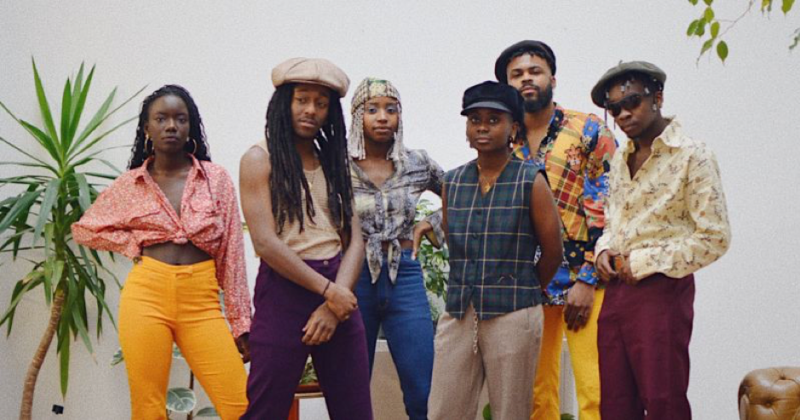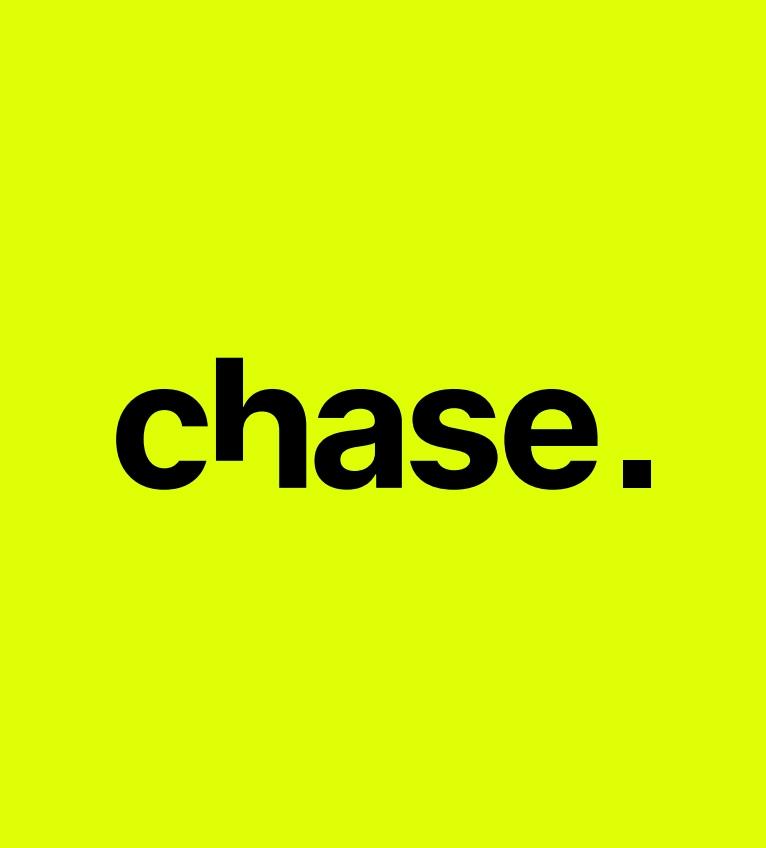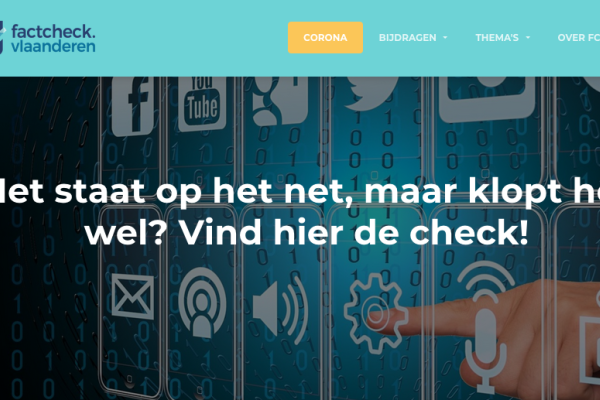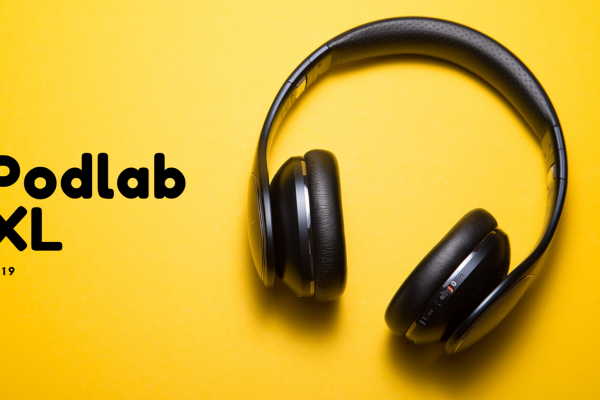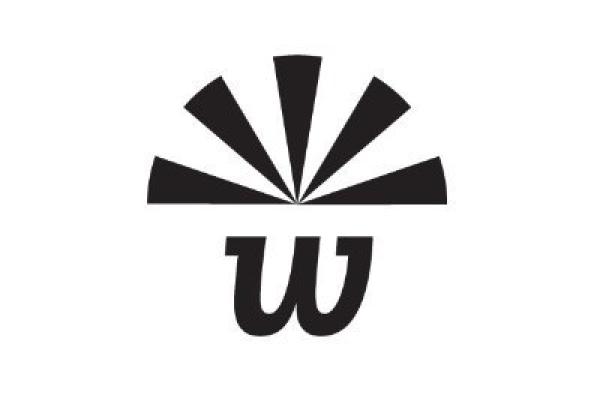The Flemish Journalism Fund (FJF) was the innovation incubator of Journalismfund Europe, supported by the government of Flanders (the northern, Dutch speaking part of Belgium). Throughout 2019 and 2020 the FJF supported 11 projects that innovated and diversified journalism in Flanders. This is one of them.
Chase is an urban community of young digital storytellers who create stories for a young, diverse target group and spread them on social media, where they’re able to reach a wide audience. Members of this broad group of several hundred ultra-diverse urban youth in Flanders and Brussels create innovative digital stories about urban music, lifestyle and creative talent.
Add to that a fourth category—“society”. Thanks to funding from the Flemish Journalism Fund, Chase (Ethercentrum) was able to give the strongest stories and talents new opportunities with research grants, training and customized guidance, all within a framework of innovative journalism.
The stories reflected interests within the Chase community (e.g. urban music, urban culture) and took place in Flanders and Brussels. They were tailored to and published on Chase’s social media channels, and the final result was often shared on social media by the young people themselves.
Grants and coaching
Chase launched two calls for applications, one in February and one in October 2019, inviting young creators to submit a pitch. From these applications, Chase selected a total of 12 projects. Those selected each received a grant and intensive guidance from the Chase team. They also followed various workshops on topics such as interview techniques, video editing, storytelling and social media branding.
The stories
Each of the themes below were featured in various episodes, in text, photo, video, and—in the case of the podcast—audio format.
More than 20 “main” stories were published, in the form of an interview, documentary, long-read, reportage or podcast. Various versions of each of these stories were made for publication on Chase’s website and social media (Facebook, Instagram and YouTube).
Chase also grouped the stories made with the support of the FJF on an overview page.
- Racism & Colourism in Belgium
In this two-part series, the young journalists investigated the experiences of people of colour. What is it like to grow up and live in Flanders as a non-white person? Two video interviews provided testimonies on the impact of Western colonization, racism and colourism on equal opportunities today, as well as the influence of Western beauty standards on young people with a non-Western background.
The video of the interview with Ama Kissi achieved a record number of views. For weeks, both Chase’s and Ama Kissi’s inboxes were flooded with words of support from people who identified with the story.
- Genk: Turning Coal into Gold
More than half the people living in Genk are of foreign origin. One out of four children is born into poverty and one out of five drops out before graduating from secondary school.
In a two-part documentary, the journalists show how some young people growing up in the cités seek refuge in the creative sector or in hip-hop. Not only do these activities keep them on the right path, they also find themselves surrounded by a group of friends who become their second family.
- The Future of Belgian Nightlife
This video interviews key figures from around the country on the importance of nightlife in Belgium.
- Working in the Belgian Hip-Hop Scene as a Woman
This two-part series features ten women working on stage and behind the scenes in the Belgian hip-hop scene. What challenges do they face in a world dominated by men?
- LGBTQ+ in Belgian Hip-Hop
A series of four personal portraits of gay and queer people navigating the Belgian hip-hop scene, each in their own way.
- Standing (Re)Present(ations)
A portrait of five teenagers living in social housing, combined with a photoshoot wearing second-hand clothing.
- Tinted Souls
Five artist portraits in video, photo and text.
- Talksik Podcast
In the Talksik podcast, Jazzy and Zed from Soul’Art have an open conversation with a fellow artist. They talk about the ups and downs of life as an artist in Belgium and the challenges in our society.
- De Stroate
The “De Stroate” hip-hop centre is housed in a former nursing home in Kortrijk. It is a safe haven for all kinds of creative artists, from rappers to break dancers, graffiti artists to poets. It’s a place where new ideas and collaborations are born, and where young people can create their own space.
This short documentary immediately went viral after it premiered on 21 April 2020 and was a hit on Facebook, Instagram TV and YouTube.
In their own words
Chase explains in its own words:
What exactly did the project involve?
Thanks to a subsidy from the Flemish Journalism Fund, Chase Music was able to develop a coaching programme to support young digital storytellers in creating stories that have a positive impact on our society.
This support came not only in the form of personal guidance, coaching and workshops, but also in the form of funding, as the creators received compensation for their stories. Together with the young storytellers, we established teams, bringing in a total of 30 external creatives to contribute to the stories.
These “positive impact” stories all came from Flanders or Brussels and were somehow related to hip-hop/urban culture. They were published and customized for www.chase.be and our social channels: Instagram (Feed, stories & IGTV), Facebook (Feed, stories and Facebook Watch), YouTube, Spotify, Apple Podcasts, etc.
What about the project are you the most satisfied with?
We’re very happy with the way that the budget from the Flemish Journalism Fund allowed to focus on more in-depth stories. For the first time, we were able to pay our volunteers and external creators for their input. This allowed us to handle the stories more professionally, more deeply and within a better framework.
In addition, we are very satisfied with how the stories have been received by our audience.
For example, Ama Kissi’s testimony in the “Racism and Colourism in Belgium” series was viewed more than 40,000 times and shared 464 times. For weeks, our inboxes—and Ama Kissi’s—were flooded with supportive messages from people who identified with the story.
Our goal to initiate social change through our content was most certainly achieved. As a result of the video, Ama Kissi was invited to participate in several panel discussions and lectures on the connection between mental health and racism, and she wrote an opinion piece for VRT NWS.
We were thrilled with all the stories that were created and the growth the participants experienced throughout this project.
What’s more, the collaboration and communication with the FJF team was very smooth, transparent and open. Despite our project’s relatively slow start, it was nice to hear that the FJF team had confidence in our vision and expertise to bring the many stories to a successful conclusion.
What went less smoothly than expected or what would you have done differently?
Equipment was often a problem. It turned out that not all of the creators had access to high-quality video and audio recording material. As a result, some of the stories could have been better in terms of image and audio quality. Others edited their videos on computers that were not powerful enough for the task, which caused difficulties and delays during the editing process.
Some young storytellers used the money we paid them to purchase quality equipment, which obviously benefited their projects. In order to better respond to this need in the future, we would request an additional budget for the purchase or rental of quality equipment.
What is the impact of this project now that the subsidy period has ended? Will it continue to exist, or has it contributed or changed anything in your company or organisation?
After the project has ended, new episodes of the following stories will be made:
- Racism & Colourism in Belgium
- Genk: Turning Coal into Gold (we would like to apply this concept to other cities/themes)
- Standing (Re)Present(ations): new episodes already in the making
- Tinted Souls: new episodes already in the making
- Talksik Podcast: new episodes already in the making
Chase will continue to provide further coaching and guidance for several of these stories. For other stories, we plan to actively seek external funding.
We also noticed that these qualitative, in-depth stories with a social angle were very well received by our audience. Therefore, starting this year, we plan to adjust our approach. We will focus less on daily content and spend more time on bigger stories on social themes that will be published throughout the year.
What do you think is the most important thing we can learn from this project for journalism in Flanders?
A story can be told in different ways depending on the specific platform being used. An article or short documentary can serve as a basis, and from there you can make custom versions for sharing on social media.
Based on the reactions and engagement that some of the stories triggered, we can safely conclude that there is indeed room in our media landscape for more in-depth stories on social themes tailored to the interests of young people. For our audience, the connecting factor is often music, but we noticed that they were frequently more enthusiastic and vocal about stories on societal issues. We also received positive, unsolicited feedback from our own community on the stories that were made with the support of the FJF grant.
